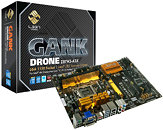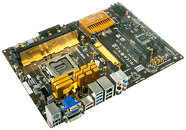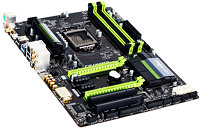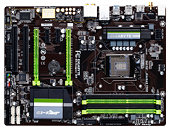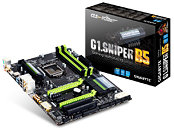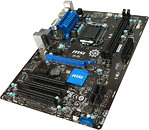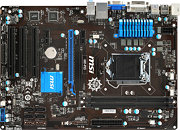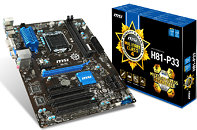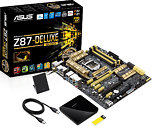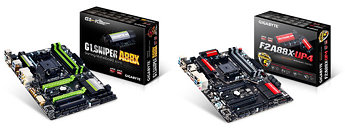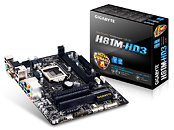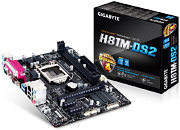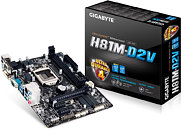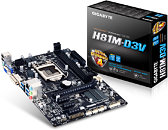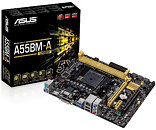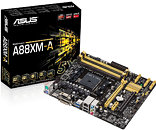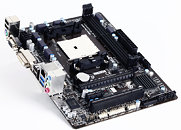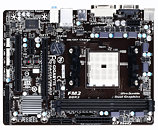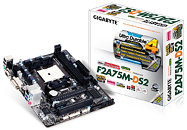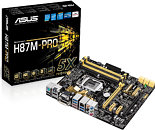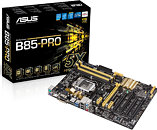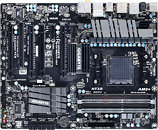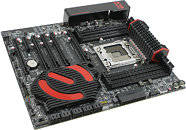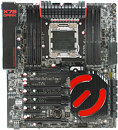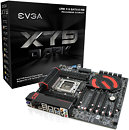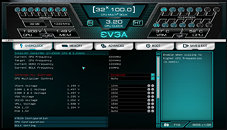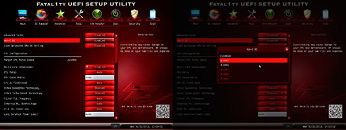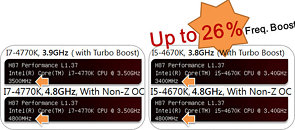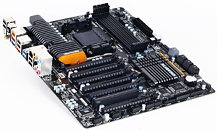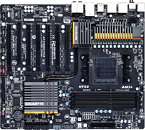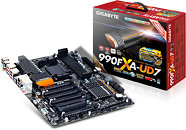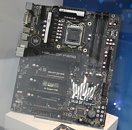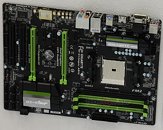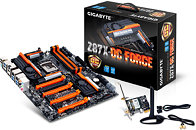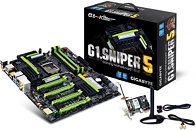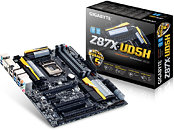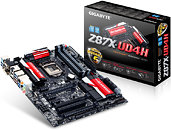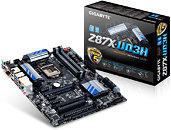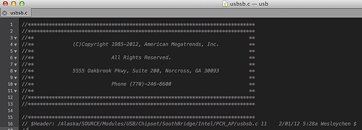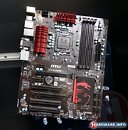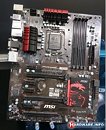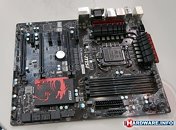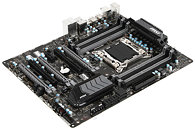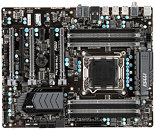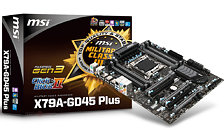
ASRock Fatal1ty 990FX Killer Detailed
Here's the first detailed body-shot of ASRock Fatal1ty 990FX Killer, which was teased by the company earlier today, and which could end up being one of the most feature-rich socket AM3+ motherboards, if the end is neigh for AM3+. Designed for gaming PCs with up to two graphics cards, although it features three long x16 slots, the Fatal1ty 990FX Killer is a full-size ATX motherboard. It's design appears to be more gamer-centric than overclocker-centric. It draws power from 24-pin ATX and 8-pin EPS connectors, with an optional 4-pin Molex connection to stabilize power to add-on cards; and conditions it for the AM3+ CPU using a 10-phase VRM that's cooled by an heatsink that's independent from that which cools the AMD 990FX northbridge (i.e. no heat-pipe linking the two). The AM3+ CPU socket is wired to four DDR3 DIMM slots, which support up to 64 GB of dual-channel DDR3-2400 MHz memory; and to the 990FX northbridge over a 5.2 GT/s HyperTransport link.
The AMD 990FX chipset puts out two PCI-Express 2.0 x16 slots, the third slot is electrical PCI-Express 2.0 x4, and possibly wired to the SB950 southbridge. The southbridge handles five internal SATA 6 Gb/s ports, the sixth port is wired out as eSATA. The Fatal1ty 990FX Killer, as teased this morning, is among the first motherboards to feature an M.2 slot, extended out of a PCI-Express link. PCIe SSDs tend to be faster, as more interface bandwith is on tap. As many as six USB 3.0 ports are on offer, of which one switches between header and internal type-1 port (for those tuck-away software license keys) all of which are driven by third-party controllers. Wired networking is care of a Killer E2200 network controller, that's optimized for gaming. The board features 7.1-channel HD audio, with a high SNR CODEC, PCB ground-layer isolation (to prevent electrical noise), and an EMI shield for the CODEC; which ASRock collectively labels "Purity Sound." The board is driven by AMI UEFI BIOS, with full support for Windows 8 Secure Boot.
The AMD 990FX chipset puts out two PCI-Express 2.0 x16 slots, the third slot is electrical PCI-Express 2.0 x4, and possibly wired to the SB950 southbridge. The southbridge handles five internal SATA 6 Gb/s ports, the sixth port is wired out as eSATA. The Fatal1ty 990FX Killer, as teased this morning, is among the first motherboards to feature an M.2 slot, extended out of a PCI-Express link. PCIe SSDs tend to be faster, as more interface bandwith is on tap. As many as six USB 3.0 ports are on offer, of which one switches between header and internal type-1 port (for those tuck-away software license keys) all of which are driven by third-party controllers. Wired networking is care of a Killer E2200 network controller, that's optimized for gaming. The board features 7.1-channel HD audio, with a high SNR CODEC, PCB ground-layer isolation (to prevent electrical noise), and an EMI shield for the CODEC; which ASRock collectively labels "Purity Sound." The board is driven by AMI UEFI BIOS, with full support for Windows 8 Secure Boot.




